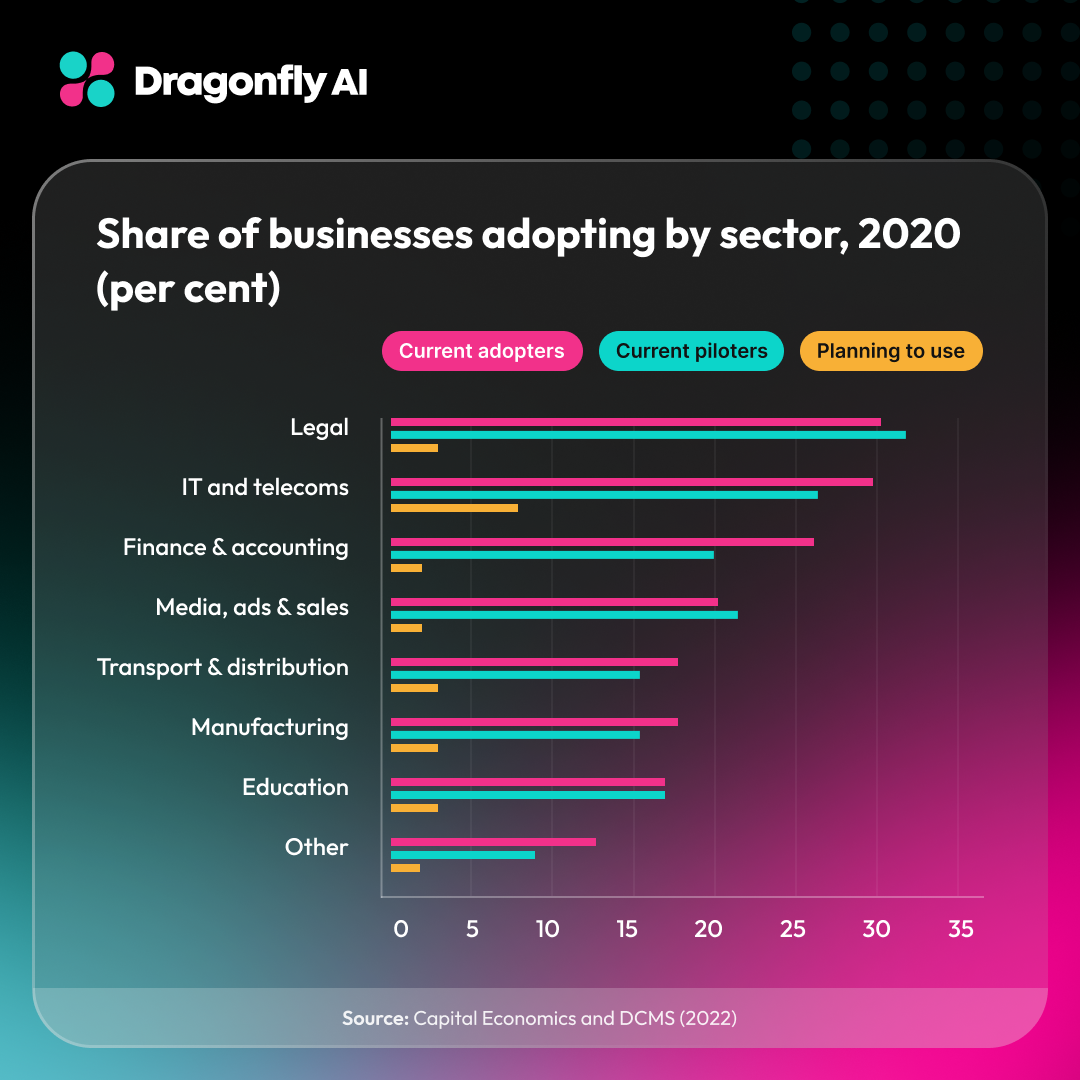Did you know that 90% of shoppers have wanted to return at least one item but kept it anyway? This is a prime example of cognitive dissonance.
Cognitive dissonance happens when someone feels uneasy because their actions, like making a purchase, don’t match their beliefs, values, or expectations. Post-purchase cognitive dissonance affects return rates and can damage the brand’s overall relationship with the consumer.
Reducing dissonance in the post-purchase cognitive journey is essential for improving customer satisfaction and retention, which ultimately drives revenue generation. Brands can do this by offering clear product information, social proof, and a smooth shopping experience.
Let’s discuss simple strategies to help shoppers feel more confident in their buying decisions.
What Is Cognitive Dissonance in Marketing?
Cognitive dissonance in marketing refers to the mental discomfort consumers experience when they encounter conflicting information about a product or service after making a purchase decision. For example, buying a high-end gadget but worrying it’s not worth the cost. This clash between their choice (“I spent money”) and their doubts (“Did I make the right decision?”) creates stress.
Cognitive dissonance often arises in marketing when:
- The product's price is high.
- There are too many options available.
- The customer doesn't have enough information before buying.
- They find a better deal after making the purchase.
What Is Post-Purchase Dissonance?
Post-purchase dissonance is a specific type of cognitive dissonance that occurs after a purchase, leading to buyer's remorse or second-guessing. Shoppers may:
- Feel anxious about their decision.
- Seek reassurance through reviews or brand communication.
- Return the product or leave negative feedback to justify their feelings.
For brands, this doubt can hurt loyalty. Nearly 40% of shoppers return items due to regret, and 1 in 3 share negative reviews. Addressing this through clear policies, follow-up messages, or reassurance can help turn buyers stress into trust.
The Impact of Cognitive Dissonance on Customer Behavior
Cognitive dissonance can affect how customers interact with a brand. When shoppers feel unsure about their purchase, it can lead to negative emotions, hesitation, or even regret. This influences their buying decisions and their long-term relationship with the brand.
- Increased Product Returns: Customers who feel they made the wrong choice are more likely to return the product. A study found that 30% of all online purchases are returned, often due to buyer uncertainty. High return rates can increase costs for businesses and affect profitability.
- Negative Reviews and Brand Perception: Unhappy customers are more likely to leave negative feedback. Around 50% of consumers trust online reviews as much as personal recommendations. A single bad review can discourage potential buyers and harm a brand’s reputation.
- Reduced Customer Loyalty: When shoppers experience cognitive dissonance, they may lose trust in a brand and avoid future purchases. A PwC survey found that 32% of consumers stop buying from a company after one bad experience. Keeping customers confident in their decisions is key to building long-term loyalty.
- Hesitation in Future Purchases: Dissonance can make customers more cautious the next time they shop. If they regret a past purchase, they may take longer to decide or switch to a competitor. This can slow down the buying process and affect conversion rates.
- Impact on Word-of-Mouth Marketing: Satisfied customers recommend brands to others, but those with post-purchase regret may do the opposite. Business News Daily mentions that 92% of consumers trust recommendations from friends and family. Negative word-of-mouth can reduce new customer acquisition and hurt brand growth.
Businesses can create a better shopping experience to build customer loyalty and lower return rates by reducing cognitive dissonance.
Understanding Cognitive Dissonance in Shopper Marketing
As a brand, you never want your customer to contemplate if they made the right choice when purchasing your product. The unsettling feeling of cognitive dissonance can plague a consumer’s mind even immediately after the purchase has been completed.
When it comes to shopper marketing, one of the main focuses is on influencing in-moment decisions, which is reducing dissonance becomes most critical in shopper marketing.
Learn more with our guide to using technology and data in shopper marketing.
-1.png?width=1280&height=700&name=Blog%20image%201%20(12)-1.png)
The Role of Purchase Intent in Cognitive Dissonance
Shoppers vary in their level of involvement when making purchases:
- Low-involvement buyers tend to make impulse purchases with little research. They are less likely to experience cognitive dissonance.
- High-involvement buyers compare products, read reviews, and make planned decisions. If they feel they made the wrong choice, they are more likely to experience cognitive dissonance.
In physical stores, brands can gauge purchase intent through customer behavior and direct interaction. However, in digital shopping, this becomes more challenging. Brands must rely on data and technology to assess buyer intent accurately.
How AI Helps Reduce Cognitive Dissonance
AI is changing how brands understand and respond to buyer intent. Studies show that businesses using AI can increase in-store conversions by up to 15% and online sales by 10%. AI-powered tools provide over 80% accuracy in measuring customer intent, helping brands reduce post-purchase doubts.
Beyond assessing intent, AI helps minimize cognitive dissonance by:
- Tracking consumer behavior to understand purchase patterns.
- Analyzing post-purchase data to identify common concerns.
- Evaluating customer feedback to uncover recurring issues.
With these insights, brands can take strategic steps to address cognitive dissonance. The insights can help them improve product quality, refine marketing messages, or enhance the shopping experience.
6 Actionable Ways to Reduce Dissonance in Marketing
Now that you understand how cognitive dissonance affects consumer behavior, let’s discuss practical ways to minimize it throughout the customer journey.
Strategy #2. Developing Personalized Marketing Campaigns
McKinsey states that 71% of consumers expect companies to deliver personalized interactions, and 76% get frustrated when this doesn't happen. Conducting market research and understanding your ideal customer allows you to craft targeted campaigns that truly connect with the right audience.
Personalization and segmentation ensure your message reaches those who benefit the most from your product. This lowers the risk of post-purchase doubt among customers who weren’t the intended fit.
-1.png?width=1280&height=700&name=Blog%20image%202%20(10)-1.png)
Strategy #2. Craft Clear, Consistent Brand and Product Messaging
Setting realistic expectations for consumers is crucial for reducing cognitive dissonance. Whether it is your product description, packaging, or marketing materials - the way you present your product and brand to the world is influential. While exaggerating the value or benefits of your product may boost sales temporarily, not being transparent can result in a loss of sales and customers, ultimately damaging your relationship with your audience and brand reputation.
Strategy #3. Implement Customer Feedback
Although you may have done everything you could, you must remember the saying “the customer is always right”. By conducting surveys, analyzing reviews, and gathering customer feedback you can discover key areas for improvement. If the same product is getting returned, you can ask the customer “why are you returning this product” in your return process to learn whether it was misleading marketing or an issue with the product and address those concerns head on to minimize dissonance in the future.
Strategy #4. Incorporate Technology with Predictive Analytics
Technology can help automate and improve the analysis on consumer behavior throughout the customer journey – providing actionable, real-time strategies that decrease dissonance from pre to post purchase. Advanced technology uses machine learning and artificial intelligence to retain knowledge from previous results to provide more accurate forecasting of future outcomes, along with data-driven recommendations.
Strategy #5. Post Purchase Support and Excellent Customer Service
If a customer is experiencing buyer’s remorse is unhappy with their purchase, brands that do not allow for exchanges or returns can amplify the dissatisfaction that customer is feeling. By having flexibility in your return policy with an easy, simple return process, and excellent customer support, you can recover and rebuild customer satisfaction.
Strategy #6. Product Consistency
This strategy is especially significant for repeat customers, who at one point may have loved a product and even recommended it to a friend, but then ordered that same product and what they received was not up to par with the expectations that were set from their first experience. Ensuring that the product maintains the same standards from manufacturing to delivery is vitally important. If the product is to change, it is essential to communicate that with your audience to set clear expectations to reduce the risk of dissonance.
Real-Life Examples of Cognitive Dissonance in Marketing
Cognitive dissonance happens in many industries when customers feel unsure about their purchases. Here are some real-world examples of how brands have experienced and addressed it.
Fast Fashion and Sustainability Concerns
Brands like H&M and Zara sell trendy and affordable clothing. However, consumers are increasingly aware of fast fashion’s environmental impact. This can cause dissonance in buyers who want stylish outfits but also care about sustainability. To address this, many brands now offer eco-friendly collections and recycling programs to ease customer guilt.
Tesla Referral Program
Buying a car is a big decision, and Tesla customers may experience post-purchase doubt. Even the American government faced cognitive dissonance when planning to buy Teslas for diplomats. While the decision aligned with sustainability goals, concerns about cost, charging infrastructure, and diplomatic practicality created internal conflict.
Tesla addresses post-purchase dissonance by offering referral rewards, such as free Supercharger miles. These incentives make buyers feel good about their choice while encouraging others to purchase.
Subscription Services with Free Trials
Streaming services like Spotify offer free trials. However, customers forget to cancel and feel dissonance when they are charged. To reduce frustration, they send reminders before charging or allow easy cancellations.
How to Apply These Strategies for Maximum Impact
To successfully implement the strategies mentioned, you must determine the main cause of dissonance during your customer’s purchase journey and prioritize your focus to implement one of these strategies at a time for maximum results.
Depending on your priorities, here are a few ways you can effectively implement the strategies to reduce cognitive dissonance:
- Do your market research to define your audience
- Audit your current brand and product messaging for consistency and refine to set clear expectations
- Conduct surveys and examine reviews to analyze customer feedback and incorporate it when applicable
- Find gaps or limitations in your data visibility and evaluate solutions that will improve data-driven insights
- Explore ways to improve your return policy, process, and customer service
-1.png?width=1280&height=700&name=Blog%20image%203%20(9)-1.png)
While each of the strategies mentioned can be actioned almost immediately, each of the strategies can be enhanced with the use of AI. It is important to continuously monitor and adapt each of these strategies to meet the unique demands of your audience.
AI can help save time spent observing and measuring purchase intent, consumer behavior, and the various actions throughout the customer journey to track patterns and provide recommendations. There are infinite ways AI can be used to improve the customer experience to reduce dissonance, whether it is as a chatbot that improves customer service or utilized to send automated customer feedback surveys.
Boost Your Shopper Marketing with Dragonfly AI
Cognitive dissonance can cause hesitation, product returns, lost sales, and damage to a brand’s reputation. Businesses need to build trust to create a better shopping experience. Clear messaging, personalized marketing, and good customer support can help.
AI tools like Dragonfly AI can make this process easier. They help brands understand customer behavior and improve marketing efforts.
With Dragonfly AI, you can:
- Optimize visual content to grab attention and boost sales.
- Improve shopper engagement by refining product placement and messaging.
- Reduce purchase uncertainty by reassuring customers.
- Increase ROI by making better marketing decisions.
Reducing cognitive dissonance isn’t just about lowering returns. It’s about making sure customers feel confident in their choices. When people trust their decisions, they are more likely to stay loyal and recommend your brand to others.
Join leading brands that use Dragonfly AI to reduce friction in shopper marketing and boost sales. Book a 15-minute demo today!
Read more:
What is Neuromarketing? - Ecommerce Neuromarketing with AI
How Psychographics Help Marketers Create More Effective Visual Content


-1.png?width=1280&height=700&name=Blog%20image%201%20(12)-1.png)
-1.png?width=1280&height=700&name=Blog%20image%202%20(10)-1.png)
-1.png?width=1280&height=700&name=Blog%20image%203%20(9)-1.png)
